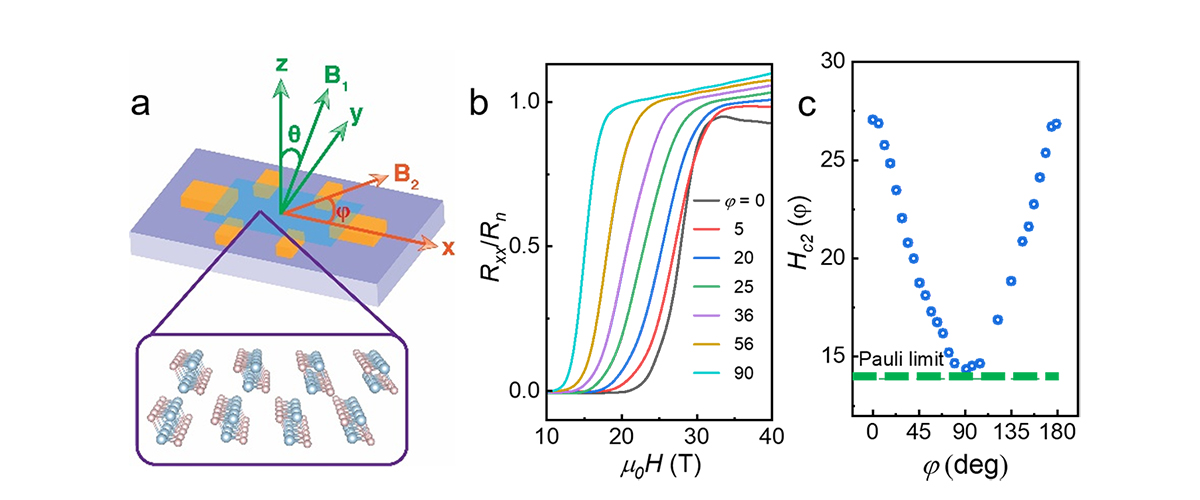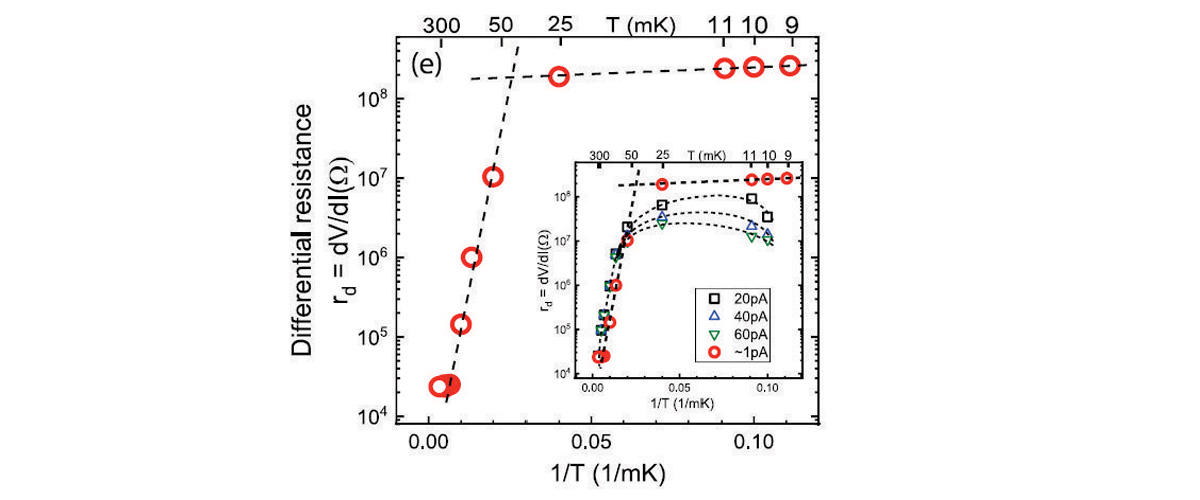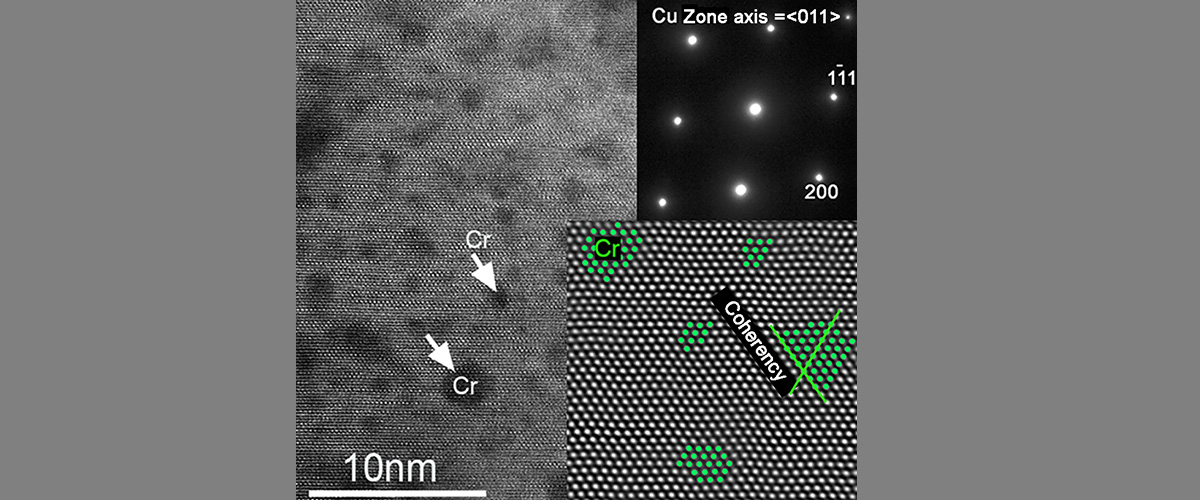What did scientists discover?
A record high value for magnetoresistance (MR), i.e. the change of the electrical resistance with magnetic field, has been found in natural graphite (see Figure), when the sensing electrodes are located at the edges of the sample. The results support the existence of highly-conducting two-dimensional (2D) interfaces (see (b)) located between highly ordered regions of graphene layers, shown schematically in (c).
Why is this important?
Electrical properties of materials can depend on magnetic field, and when they do they can be useful as compasses, sensors for computer memories, and numerous other applications. Graphene has an extraordinarily high magnetoresistance, which is the dependence of electrical resistance on magnetic field.
Magnetoresistance (MR) in materials is of technological importance to the design of magnetic sensors and magnetic memory systems. Here we show that the MR of graphite can be increased at all temperatures if one manages to contact the interfaces appropriately. (b) The MR of graphite reported in the past is not intrinsic to the ideal graphite structure but depends on the internal interfaces and the location of the sensing electrodes. (c) The overall results suggest the huge MR results from the existence of granular superconductivity at certain 2D interfaces embedded between graphene planes in highly-ordered graphite samples.
Who did the research?
C. E. Precker1, J. Barzola-Quiquia1, P. D. Esquinazi1, M. Stiller1, M. K. Chan2, M. Jaime2, Z. Zhang1, and M. Grundmann1
1Felix Bloch Institute, University of Leipzig, 04103 Leipzig, Germany; 2LANL, Los Alamos, NM, USA
Why did they need the MagLab?
The measurements were made over a broad temperature and magnetic field range, necessary for the comparison with published data and to ensure that the obtained signals were due to interfaces.
Details for scientists
- View or download the expert-level Science Highlight, Record-Breaking Magnetoresistance measured in Natural Graphite
- Read the full-length publication Record‐Breaking Magnetoresistance at the Edge of a Microflake of Natural Graphite, in Advanced Engineering Materials.
Funding
This research was funded by the following grants: G.S. Boebinger (NSF DMR-1157490, NSF DMR-1644779); M.J. & N.K.C. (U.S. DOE, BES "Science at 100T"); C.E.P., J.B-Q., P.D.E (DAAD 57207627, DFG ES 86/29-1 & 31047526)
For more information, contact Vivien Zapf.






